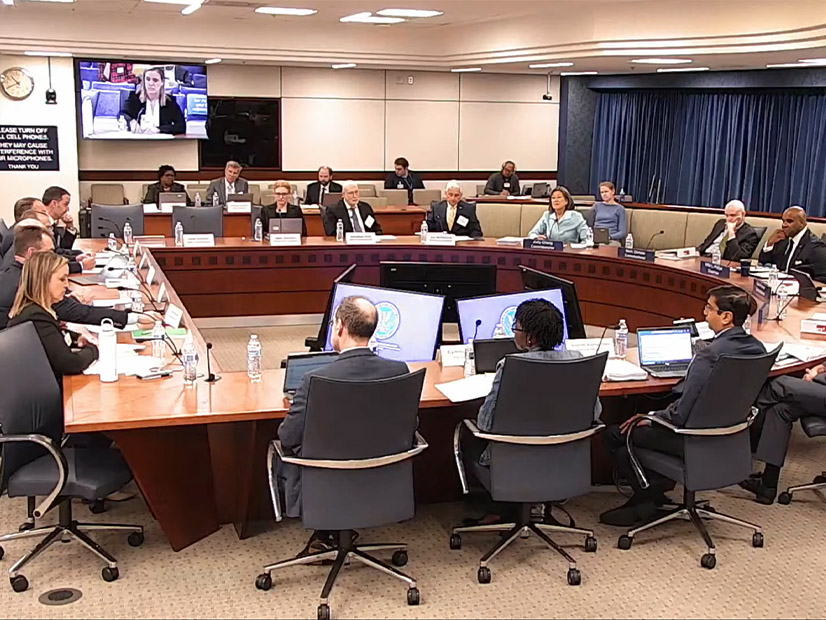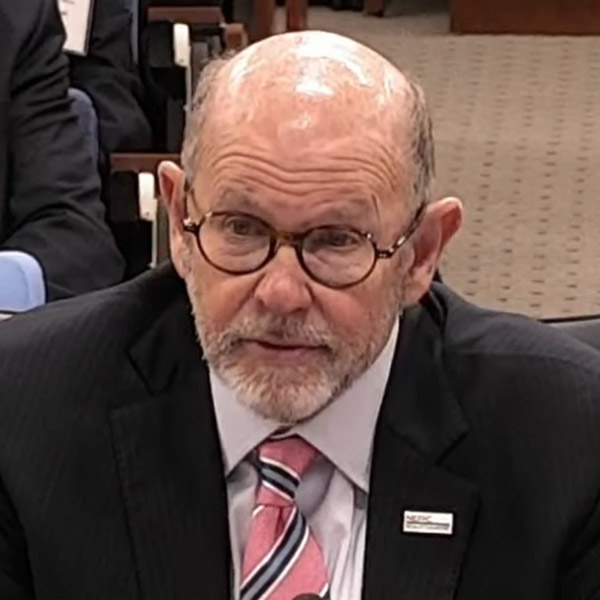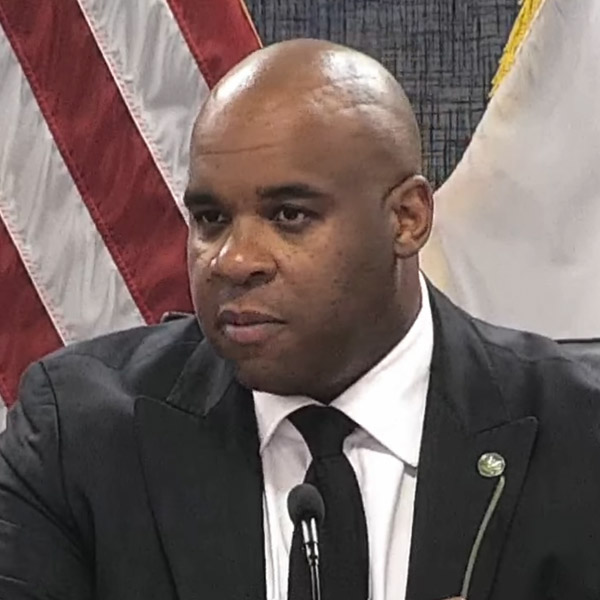Speaking to FERC’s annual Reliability Technical Conference on Oct. 16, NERC CEO Jim Robb told commissioners the challenges of ensuring reliability across the North American power grid are only growing.
“We have a very simple math problem: the trend lines for electricity supply and demand are moving in the wrong direction to sustain reliability,” Robb said in his opening remarks. He went on to highlight a few of the emerging pressures on supply, including the replacement of conventional generation with renewable resources like wind and solar that rely on inverters to connect to the grid.
“Replacement generation lacks the abundant reliability characteristics of the retiring resources,” he said. “And as we’ve seen over the past few years, the weather conditions the system operates under are increasingly severe, whether they’re long-duration, wide-area extreme cold or heat events, space-weather driving [geomagnetic disturbance] events … or tropical systems like the devastating hurricanes of Helene and Milton.”
However, despite the increasingly “turbulent” environment, Robb also emphasized that “the state of reliability remains a great story of progress,” with the severity and duration of outages declining and system restoration times shortening.
Robb was part of the first panel of the day, along with representatives of a range of ERO stakeholders including ISO-NE, MISO, Duke Energy, the American Public Power Association and American Clean Power. The discussion touched on multiple reliability issues, with a large share of attention on generation retirements.
Asked by FERC Chair Willie Phillips about the “record pace” of retirements and the wind and solar resources coming online to replace traditional generation, Carrie Zalewski of American Clean Power emphasized that the growth of renewable energy does not need to be seen as an inherent risk. Recalling the failure of natural gas generators in Texas during the winter storm of December 2022, she urged commissioners that “resource diversity is the linchpin of reliability.”
“No resource is immune to risks or weaknesses, whether it’s weather dependency, limited energy availability, correlated system outages … insufficient fuel supply or environmental limitations,” Zalewski said. “It’s dangerous to run a grid that focuses on one type of resource alone, and we … have all kinds of facts … out of Winter Storm Elliott [about] the over-reliance on a [single] resource.”
In the second panel of the day, Phillips noted that NERC’s written comments before the conference called for “close, intense collaboration” between regulators and state governments to build a reliable electric system. NERC Chief Engineer Mark Lauby said the ERO has focused on building a shared vision of how the grid will function with the new resources coming online.
“The partnership has got to be around getting to a point of understanding what is the design basis of this system of the future?” Lauby said. “We’ve been so very comfortable about” the one-day-in-10 years loss-of-load expectation, “and it’s really held [up] well. Very rarely did you see generation lower than demand. And we’re starting to see that now, as we integrate weather-related or weather-dependent resources, as we have an interconnected gas and electric system, and how they work together.”
Andrew French, chair of the Kansas Corporation Commission, endorsed Lauby’s vision of collaboration, describing some of the ways his organization’s coordination with NERC and FERC have borne fruit.
“I think the primary area where we have coordinated very well there is in things like setting accreditation policies and setting those ultimate resource adequacy requirements, things like planning reserve margins,” French said. “These are fuel-neutral policies, they are data-driven policies that tell us what an appropriate level of reliability might be and how we might value different resources based on the attributes they provide to the system, but it ultimately leaves to the state what resources they will implement to achieve those resource adequacy requirements.”





